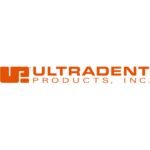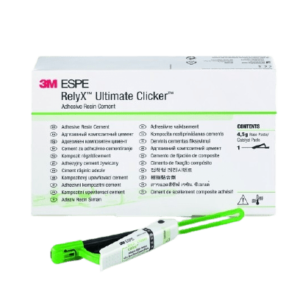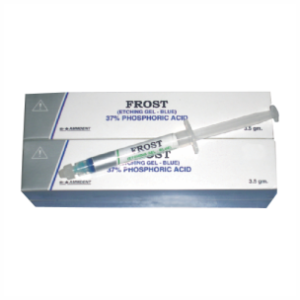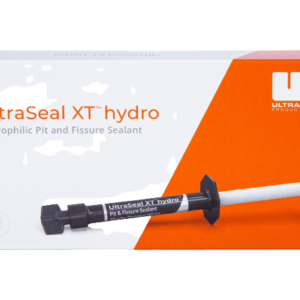When to use Porcelain Etch and Silane?
- Porcelain Etch and Silane can be used for etching porcelain, lithium disilicate, lithium silicate and other silica-based materials. It is not indicated for use with zirconia
DESCRIPTION
Ultradent Porcelain Etch and Silane
Ultradent 90-second Porcelain Etch is used to etch porcelain veneers, crowns, bridges, inlays, onlays, and fractured dental porcelain. Ultradent 60-second Silane is used after hydrofluoric acid etching to prepare the surface for bonding resin.
Studies have demonstrated that Silane, when used with Porcelain Etch and a quality bonding resin, yields the highest bond strength to porcelain when compared with other porcelain bonding products.1 Both Porcelain Etch and Silane may be used intraorally or extraorally
INDICATIONS:
- Porcelain Etch is designed for intraoral or extraoral porcelain etching. Use it to etch porcelain or old macrofilled composites prior to bonding. Ultradent 90-second Porcelain Etch is used to etch porcelain veneers, crowns, bridges, inlays, onlays, and fractured dental porcelain
- Ultradent 60-second Silane is used after hydrofluoric acid etching to prepare the surface for bonding resin.
- Silane, when used with Porcelain Etch and a quality bonding resin, yields the highest bond strength to porcelain when compared with other porcelain bonding products
- Both Porcelain Etch and Silane may be used intraorally or extraorally.
PACKAGING
- 1 x 1.2ml Porcelain Etch syringes
- 1 x 1.2ml Silane syringes
DIRECTION TO USE
PROCEDURE :
STEP 1: Etch clean bonding surface with Porcelain Etch for 90 seconds, rinse, and dry.
STEP 2: CLINICAL TIP: Apply phosphoric acid (Ultra-Etch®) for five seconds to remove porcelain salts and debris formed by hydrofluoric acid etching. Rinse and air dry.
STEP 3: Apply a puddle coat of Silane to the inside surface for 60 seconds, dry, and set prosthesis aside. Do not rinse.









Reviews
There are no reviews yet.